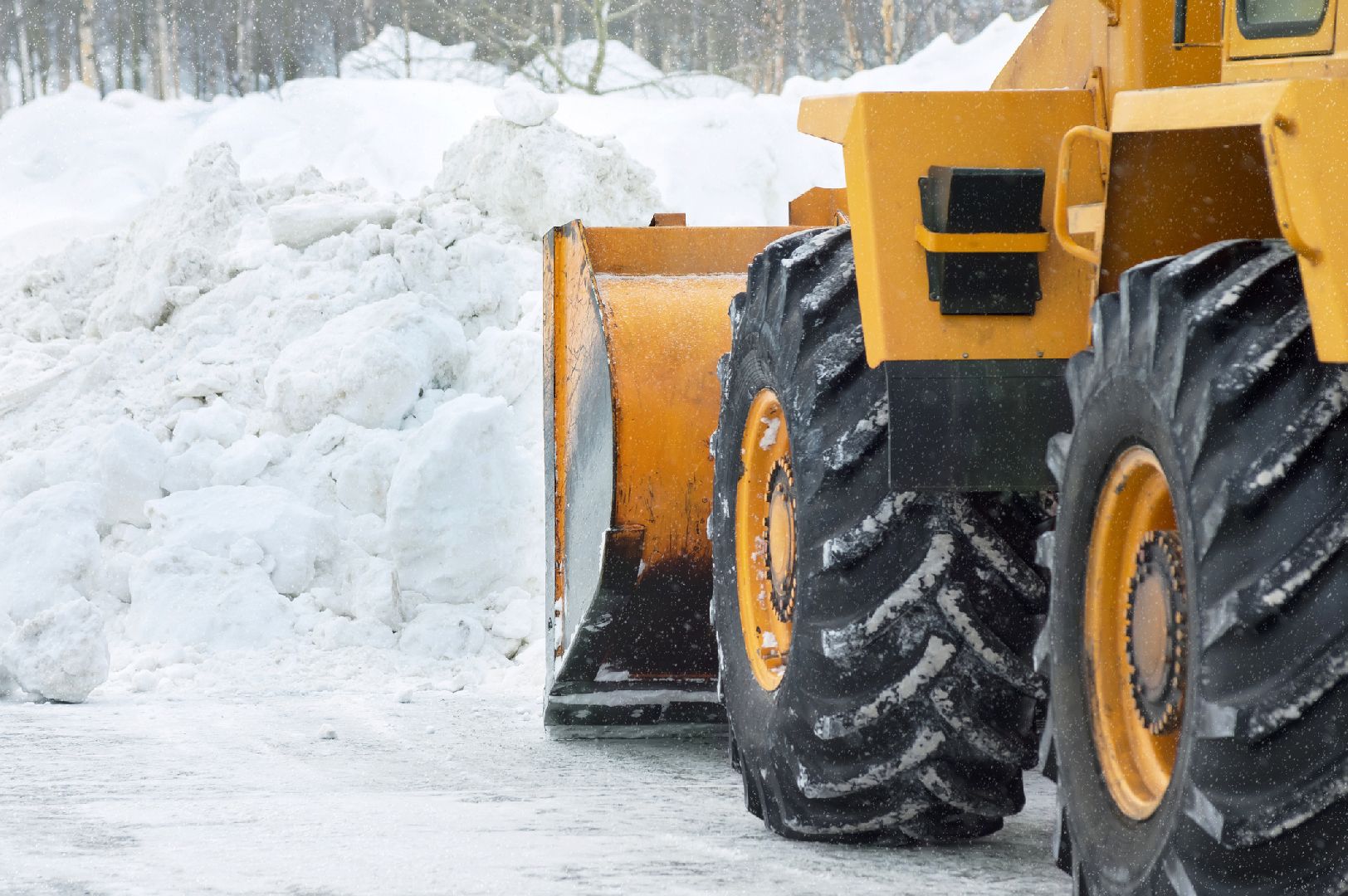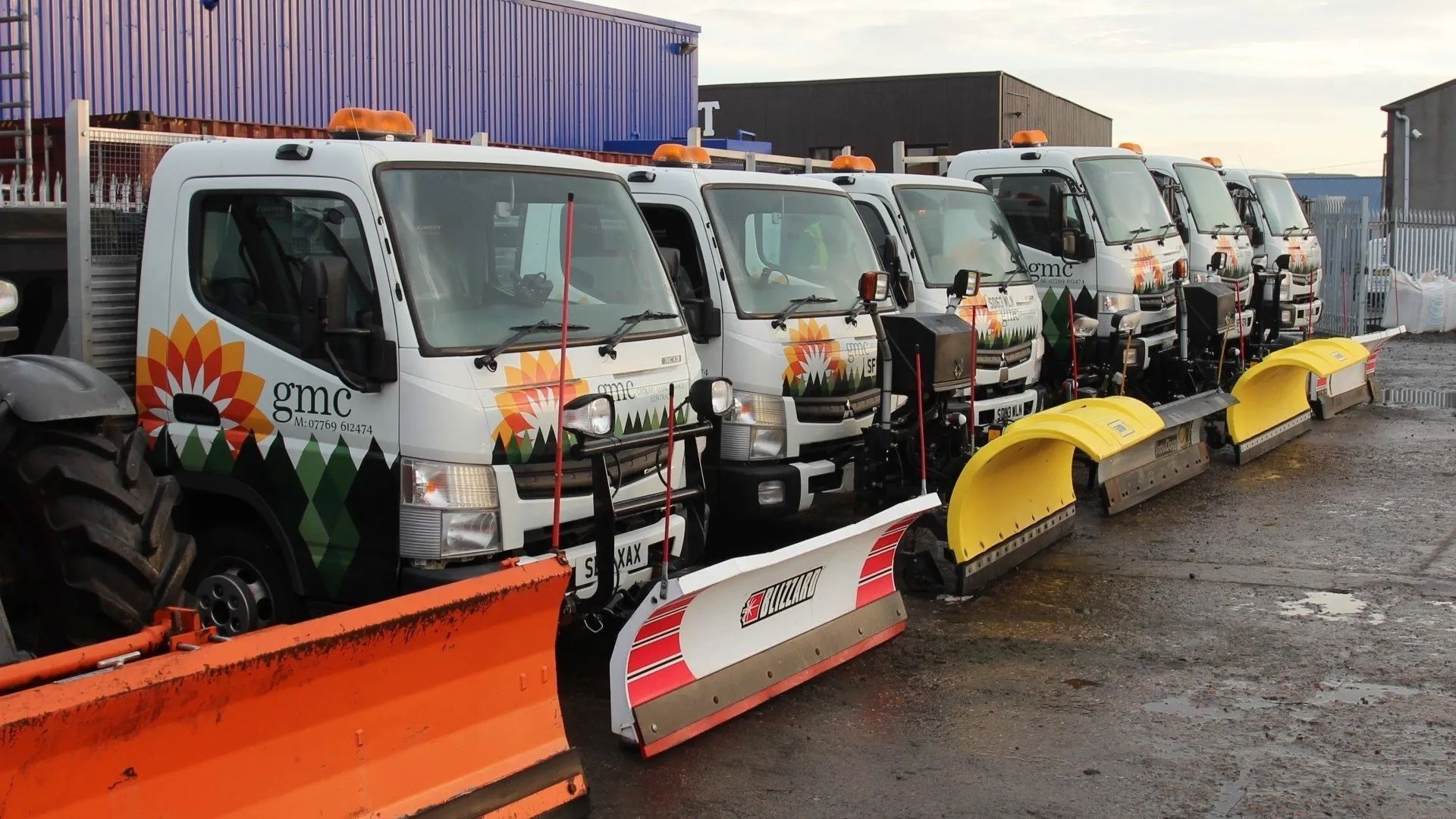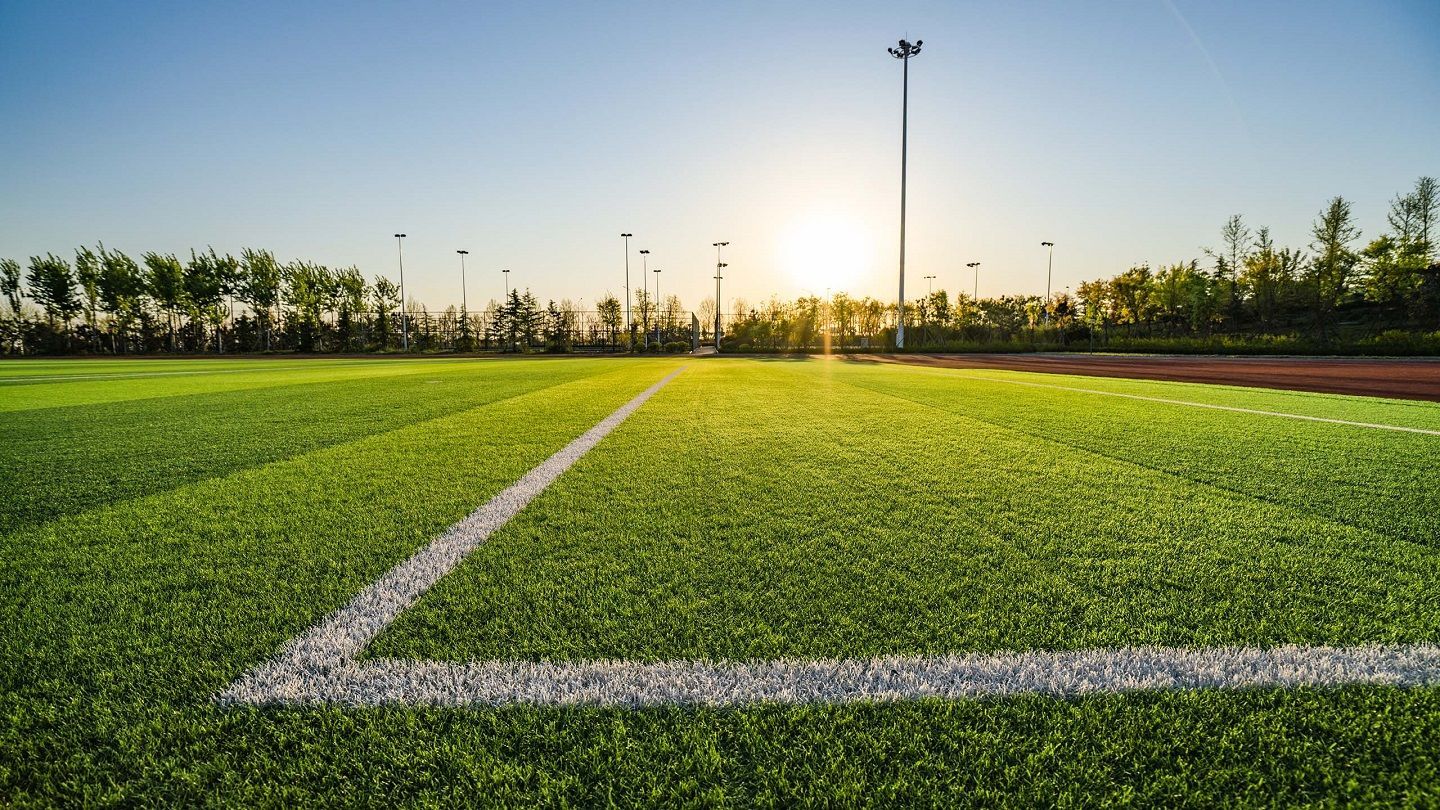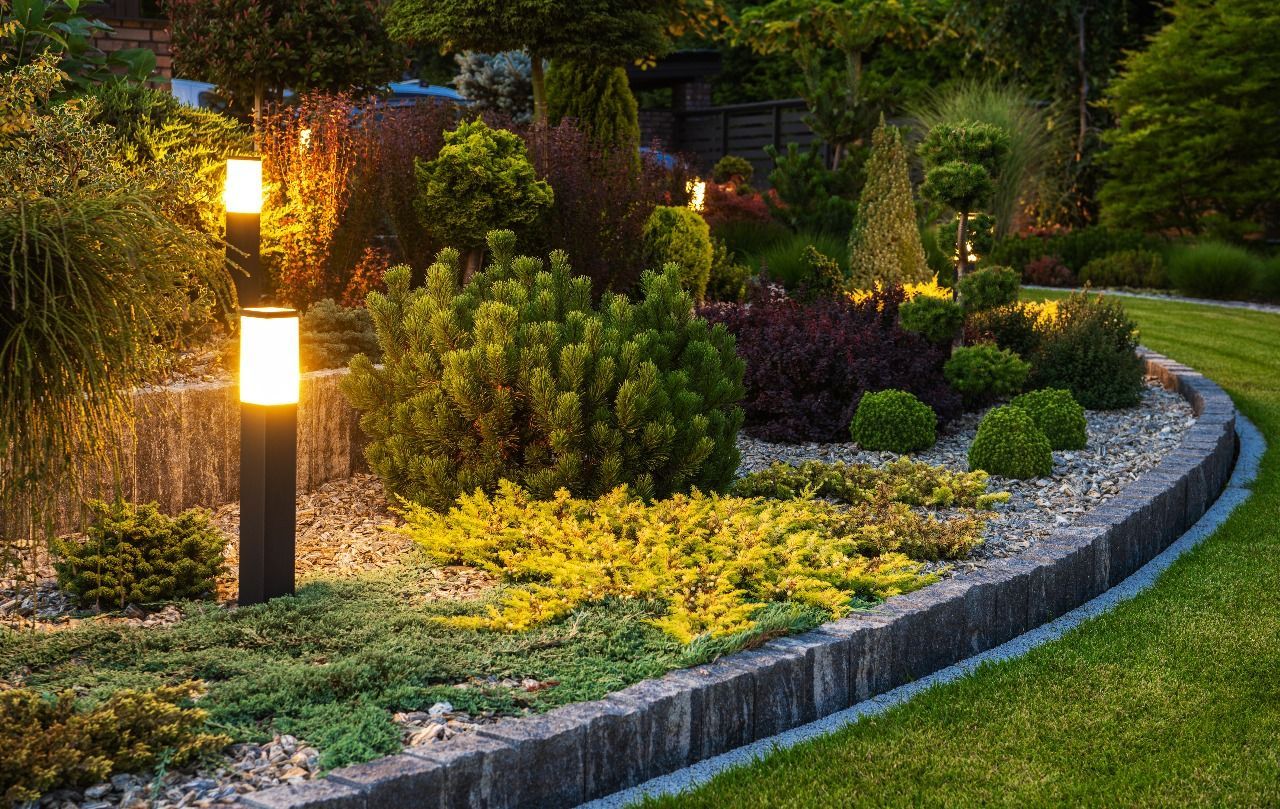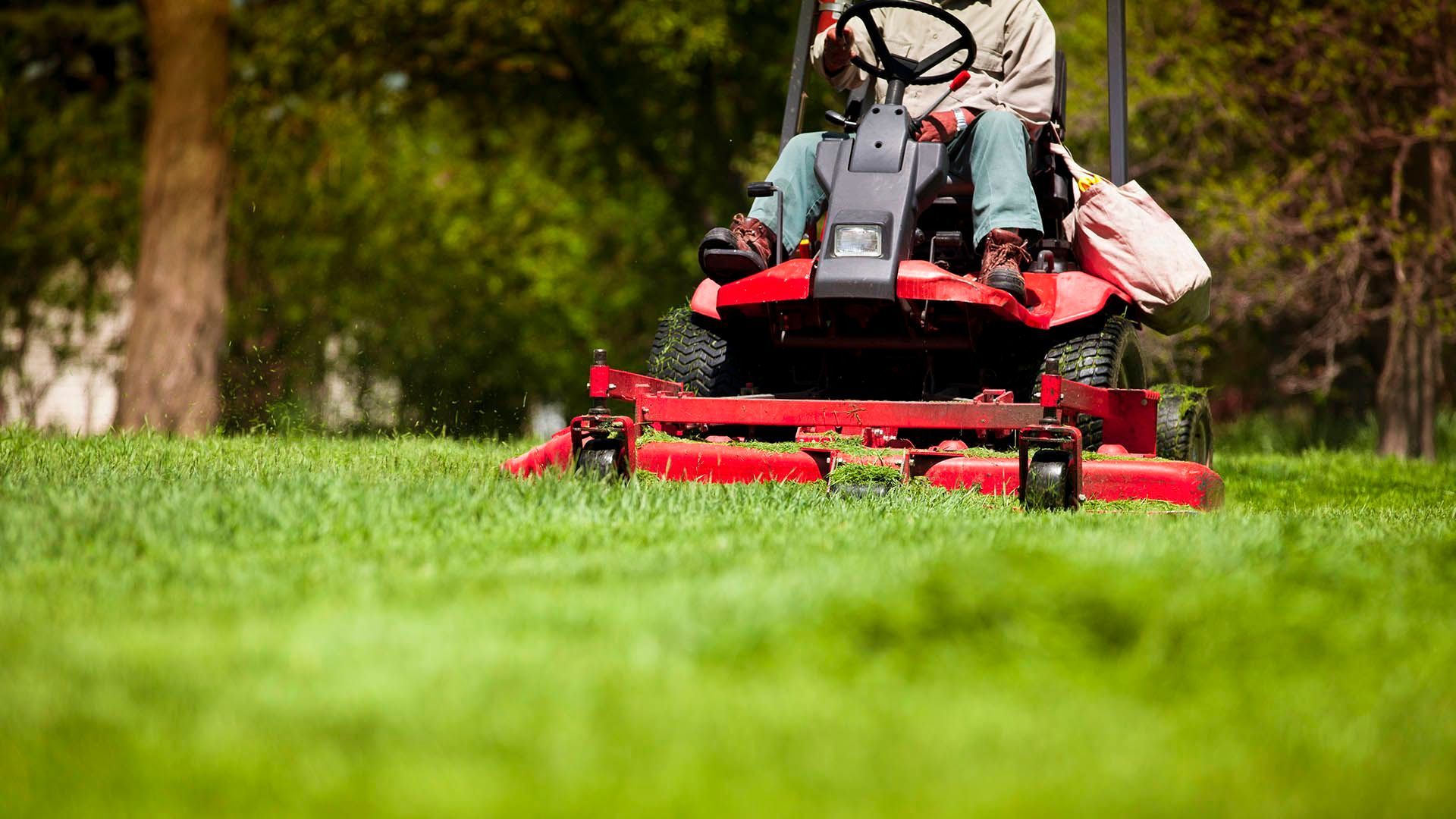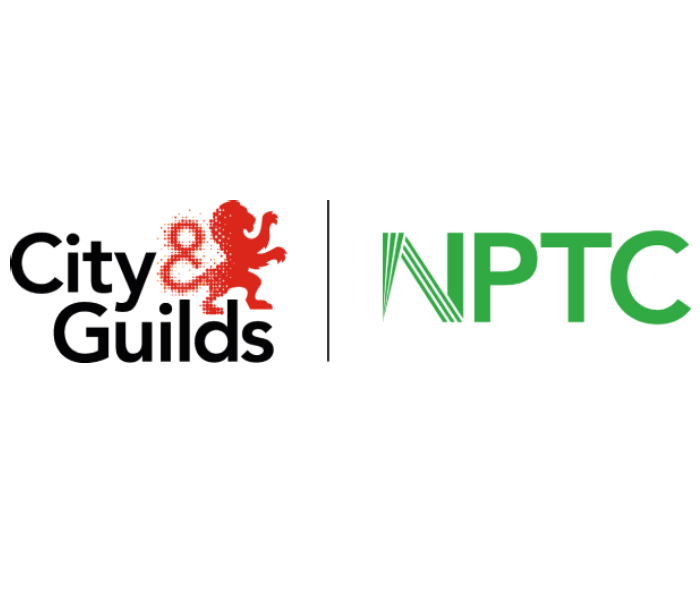How to Keep Your School Site Safe This Winter When Bad Weather Hits
Keeping our kids safe is important and school is a place where they should feel safe and confident to learn and grow. There are many reasons why winter can make going to school more dangerous. The dark and cold make it particularly challenging for kids of all ages.
As the sun starts setting at around 3:30, this means that some kids may have to walk home or to school in the dark. Add snowy, icy conditions and there are a lot of precautions you need to take. School grounds staff must work hard to keep the site safe and open all year round. Whether this means using gritting services or installing more lighting.
Winter gritting is a tough task, particularly trying to get it done after or before school hours. However, bad weather such as snow or sleet can be a huge hazard for children travelling to and from school and when navigating across campus.
This guide will offer all the information you need to keep your school site safe over winter. Keep reading to learn more.
Plan
The first thing that your team needs is a plan. You must create a plan to organise how you will handle winter weather safety during the colder months. Schools should create a solid, well-thought-out plan that protects everyone on school property from injury and prevents any unsafe situations from occurring. This will involve completing a risk assessment that counts for everybody who will be on the school site.
This enables you to weigh up foreseeable risks for the school based on the bad weather and darker mornings and afternoons. It may not cover every single possible hazard or risk as that would take far too long. Children can be unpredictable and you never know what may happen. But as long as you cover the main risks that are likely to happen because of bad weather. It should cover all the likely effects of ice, snow, excessive water and high winds.
There may be some other unusual occurrences that you should consider such as snow sliding off roofs or roofs collapsing. This will enable you to better prepare by coming up with solutions and action plans before it has even happened. It can also give you some guidelines for when school closure is required when winter weather is particularly bad.
Know the potential risks
The team must come together to brainstorm the potential risks to students and staff to determine if the school needs to be closed or if precautionary measures such as gritting services need to be called. It should consider weather forecasts and how much snow or ice is required to close the school. It will have to take into consideration how staff and students will be getting to school and whether it is safe for them.
Will the local authorities be sending road gritters out to local roads or is it the school’s responsibility to organise a gritting service? It will be important to weigh up how impactful it will be for students to miss a day of learning. If it is near mock or GCSE exams, will students suffer if they are not in school for a day? Usually, it is easy for students to catch up on a day of learning but if the weather is long-lasting it could leave a lasting effect on their learning.
If the weather isn’t severe, usually a good gritting company can be called and the roads and paths can be prepared for the day to allow students to safely arrive at school. You’ll need to stock up on plenty of grit or salt beforehand so that you are ready for the cold days. Gritting is more beneficial before snow or ice occurs as it is much easier to stop it from forming or settling than to melt the snow after the fact.
Keep parents in the loop
Once you have created a plan for bad weather, make sure parents are in the loop. It’s a good idea to keep parents informed of this type of information. You can update them via a letter, email or a summary on the school’s website. The update should provide information for the solutions that will be put into place when bad winter weather occurs.
Parents will need to be informed of when closures intend to be put in place so they can appropriately prepare. In some cases, parents may need to assist with getting lessons done at home if severe weather conditions continue for a long period of time.
Have the right equipment
While gritting main roads surrounding the school should be left to gritting companies, gritting the school campus is a task for the grounds team. You can't adequately prepare for the cold weather without getting the right equipment. You’ll need a few essentials to make the school grounds safe to access. You’ll need to make sure you stock up on grit and salt for when temperatures drop to freezing.
During cold periods, it can be hard to get your hands on plenty of grit and salt, so make sure you stock up beforehand and top up little by little over the winter. The grit will need to be stored in a place that is easily accessible and known by all staff. The grit bins should have a large enough capacity to hold enough grit and are resistant to solvents, salts and acids.
You can keep any excess grit in a safe place elsewhere ready for topping up the bins. Depending on the size of your school you may want to invest in a road gritter, although this is a fairly large expense so it might be more appropriate to hire a gritting company to complete the task for you.
Know when it isn’t safe to open
Even by taking preventative measures such as winter gritting, the cold months can be brutal and unsafe. It is important to know when it is appropriate to close and when to stay open. The school holds the responsibility of making that call based on a multitude of reasons. Based on how bad the weather is, you may choose to close the school to students but still grit the pathways to prevent further snow or ice from forming.
The continuous falling of thick snow is enough to close a school. Even if the roads are still relatively clear, if the snow is forecast to continue, you don't want to risk children and staff getting stuck at school. Extreme weather can be dangerous for students and staff to travel to school and almost impossible to keep campus free from hazards and risks.
If you have a plan in place for most possible weather outcomes, then you can look at the forecasts and inform staff, students and parents of the plan so that everyone can adapt promptly.
Give advice to students
Many students, particularly in secondary school are old enough to try and keep themselves safe too. Informed with the right information, students can take precautions to stay safe over winter. You can deliver this information through a themed assembly or an information pack that your staff can hand out in the classroom.
It should provide key information such as how children should wrap up warm in the cold weather, how gritting services work and why grit is so important for keeping us safe. It should show how many layers of warm clothes are required including coats, hats, scarves and gloves. You could also suggest wearing thermal layers underneath the uniform to keep warm during lessons.
GMCB Ltd - Gritting Services in Central Scotland
Are you looking for gritting services to keep your staff and students safe this winter? Look no further than GMCB Ltd. We work across central Scotland providing winter gritting and road gritters to businesses and schools. We also provide a range of other services including grounds maintenance, sit and land clearance, tree surgery and excavator hire to help you maintain your site.
Get in touch today to learn more.

